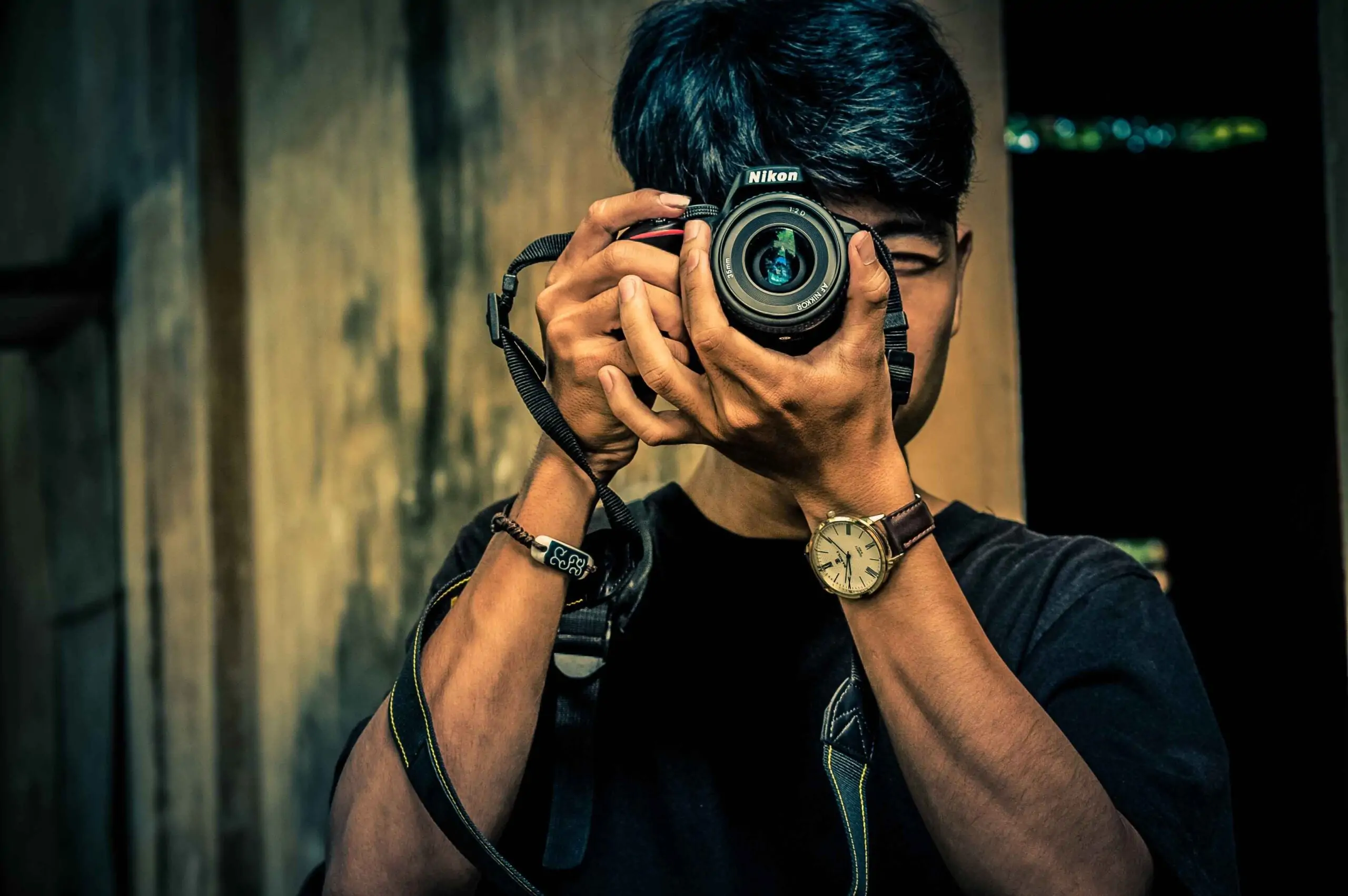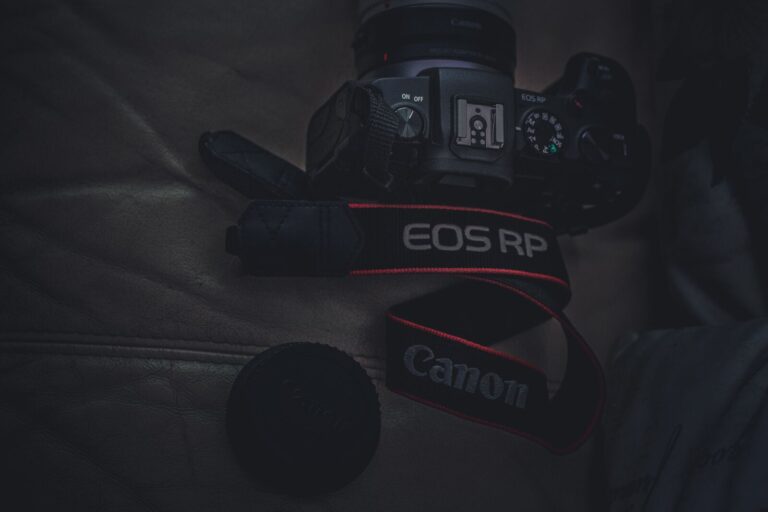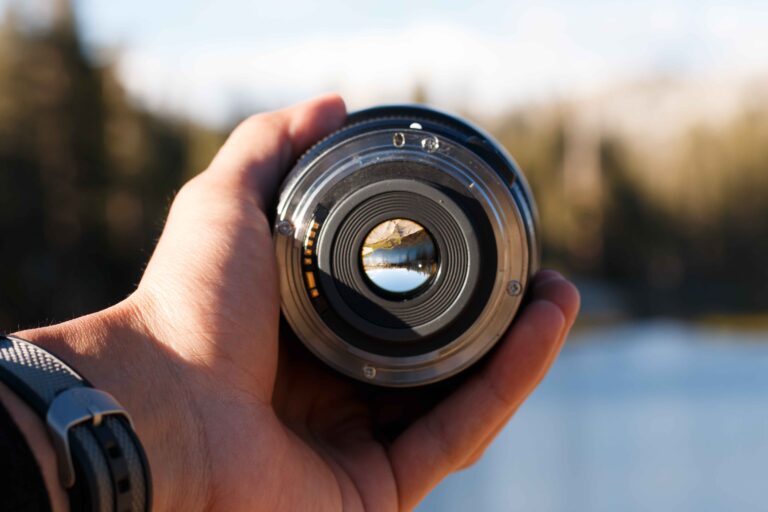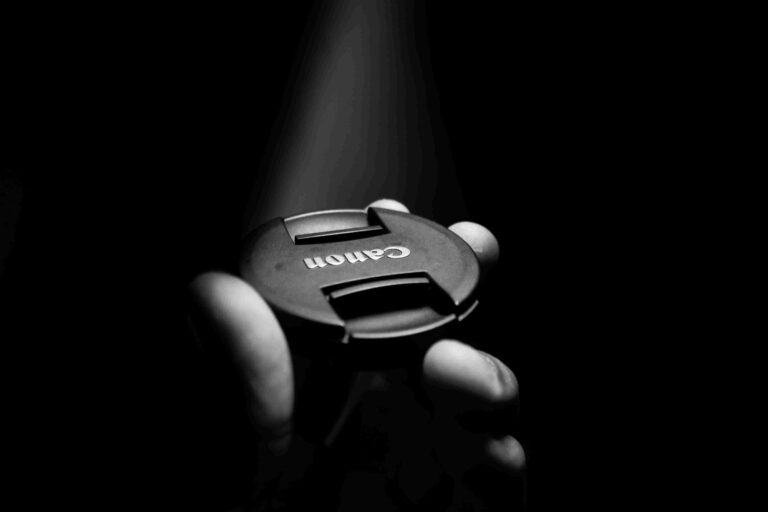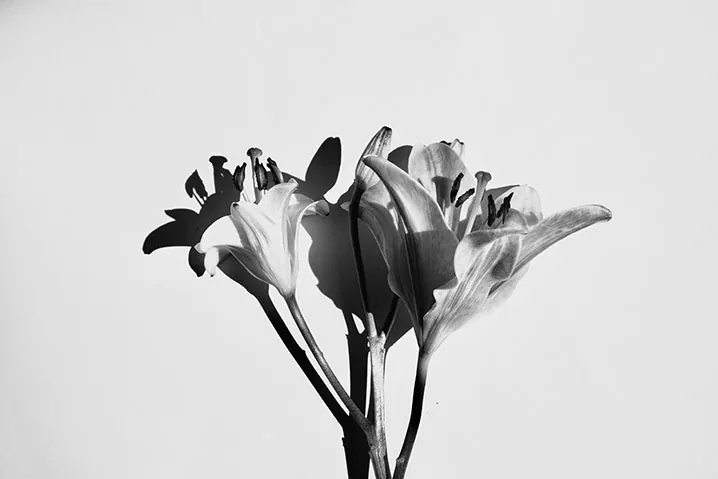The Best Lenses for Nikon D5300 Reviewed
Buying a new lens is always an exciting prospect, to be honest. However, having gone through the same, I can understand that most potential buyers go through the process of finding the right one but also have difficulties as to which one they should go for or are not aware of how each lens is different from the other.
Whether you are looking for the best lens for Nikon D5300, an excellent mid-range camera, mind you. Or you are looking for a lens for a higher-end camera. The one thing that you should understand is that it is always better to invest in a better lens than it is to invest in a better camera.
Best Lenses For Nikon D5300
The best lens you can get for your Nikon D5300 is the Sigma 35mm f/1.4, not only is it an excellent wide-angle lens but thanks to the D5300 being a crop sensor camera, this almost gives the 50mm equivalent focal length and this lens is one of the sharpest lenses available in the market, too. A great lens for pretty much every photography style. For those into videography, understanding your audio options, like choosing between a USB mic and an audio interface, is key.
Sigma lenses have been excellent for the longest time. Sure, their earlier versions might not be my favorite but ever since the company went through a product overhaul and also introduced the ART series lenses, I have been a fan and for all the right reasons.
The Sigma 35mm f/1.4 is widely recognized as one of the best lenses for any camera that you can imagine in the market, and this stands true even when using the D5300. For starters, the lens remains one of the sharpest even at f/1.4.
The bright aperture results in the shallowest depth of fields as it will result in some great-looking pictures, and honestly, the lens does not cost a lot of money, either. So, you are all good there. Sigma has also ensured that the build quality of this lens does not take a hit, and this is well built.
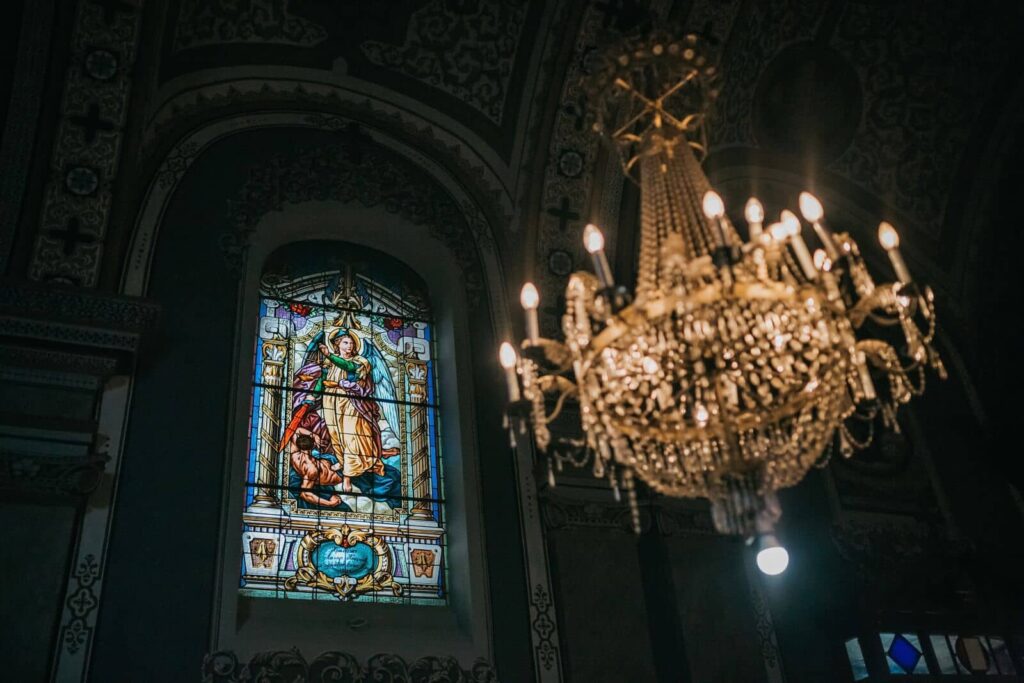
As far as the downsides are concerned, I cannot think of a lot, to be honest. The lens does have some vignette issues but that is common, but other than that, it is hard to find this lens at fault, to be honest.
IF you are looking for a good Nikon lens, I have to be honest that this is a good lens. Especially with the D5300’s crop factor, this 35mm ends up becoming 52.5mm effective focal length and this makes this lens one of the best lenses for Nikon D5300 for portraits and it works well.
PROS
CONS
If you have ever indulged in macro photography, you will realize just how fun it can be. Sure, it has to be done in the right way if you are trying to get all the prospects right and you do need a good lens for it too but once you have everything sorted, macro photography becomes a lot of fun.
The Tamron 90mm f/2.8 ensures that you are getting the experience you want with good macro photography. This is a 90mm prime lens with a bright f/2.8 aperture that has some nice tricks up its sleeve.
For starters, this best prime lens for Nikon d5300 is one of the sharpest ones that I have seen. There is no distortion available on the lens, and you are looking at 1:1 macro magnification on this lens, which makes everything look really good even when you are looking at it up close and personal.

Normally, macro lenses are not always optically stabilized but the Tamron lens for Nikon d5300 had a different idea on its mind as this lens is optically stabilized. Which makes it all the more fun to use, to be honest.
My only issue here is that the lens is somewhat dim when used at a wider aperture, a common issue with bright macro lenses available in the market.
Overall, if you are looking for truly one of a kind lens, then the Tamron 90mm f/2.8 makes a strong case best macro lenses for Nikon D5300. It delivers exceptional performance, quality, and a lot of great features all packed into one perfect package. I doubt you can go wrong with this lens.
PROS
CONS
One of the things that I love about Nikon is their dedication to providing DX-format lenses. For those who do not know, Nikon DX cameras are essentially crop-sensor cameras and while most camera manufacturers treat these cameras like an afterthought, Nikon does not and that’s a good thing.
The Nikon 35mm f/1.8 is the DX variant that I am reviewing today, and it has always been one of my favorite lenses. This is not my first time with this lens as I have already used it when I was using it for sports photography and called it one of the best lenses for sports photography and I mentioned how versatile this lens is.
Now, there is a lot to rave about, to be honest. For starters, you are getting a lens with an excellent price to performance ratio, as this is one of the more affordable lenses in the market. It is compact and lightweight, which allows you to carry it with ease.

The f/1.8 aperture is excellent, to say the least, so you are getting some great results with excellent and smooth bokeh as well. Nikon did not leave any stones unturned with this lens as you are getting sharp images that look amazing in every sense of the way. Ensuring that you are getting the best experience that you can.
Honestly, there are a few quirks with this lens, which should be expected at such a price point. For starters, there is some barrel distortion present and the manual focus ring feels rough and not as refined.
In conclusion, I would say that the Nikon 35mm f/1.8 is the lens that you should be going for whenever you are looking for a good overall experience. For starters, this lens delivers excellent images and ends up being one of the best lenses for Nikon D5300 landscape photography. I can assure you that this is not going to let you down.
PROS
CONS
If you want to have some fun, you can start looking into astrophotography. I will be honest, I knew very little about this when I started and that is why I ended up using a 50mm lens for it, and well, the results were less than surprising. That is when someone told me that you are going to need a wider lens for that.
Now that I have my hands on the Sigma 10-20mm, I am willing to try again because why not but before I do that, I want to talk about the lens as a general offering rather than something that is made for specific purposes.
The good thing is that the lens offers a good wide range, which is excellent for taking a lot of different styles of photos. You are also getting very little chromatic aberration, making this lens a great offering. The lens itself is fast and silent thanks to the HSM autofocus motor and the overall build quality is pretty good if you ask me.

My only concern here is that aside from the obvious distortion you are going to face at 10mm, this lens does have sharpness inconsistencies but that has more to do with the curvature rather than something with the optics.
Overall, Sigma 10-20mm is a good lens. It can easily be used for multiple photography types, and for the most part, it gets the job done without issues. Whether you want to go for astrophotography or you are looking to go for really dramatic urban photography, this is a great lens that gets the job done.
PROS
CONS
The fact that Nikon has some excellent lenses that cater to almost every user type is astounding. I am not saying that the same pattern is not seen in other camera manufacturers, because Canon does the same. Having better first-party lenses is always a good thing as you can sell them at a good price, too.
The Nikon 18-300mm is the lens for everyone who is looking for a good zoom lens as it is one of the best lenses for that purpose, and honestly, in my testing, it worked well. The fact that you are getting 16.7 times the zoom range makes this lens great for several purposes.
Another good thing is that the optical stabilization that this lens brings is good, especially when you are zooming in the lens because taking care of the shake becomes very important at that point. The lens also offers 1:3 macro magnification, which means that if you feel, you can go ahead and be creative with this lens.
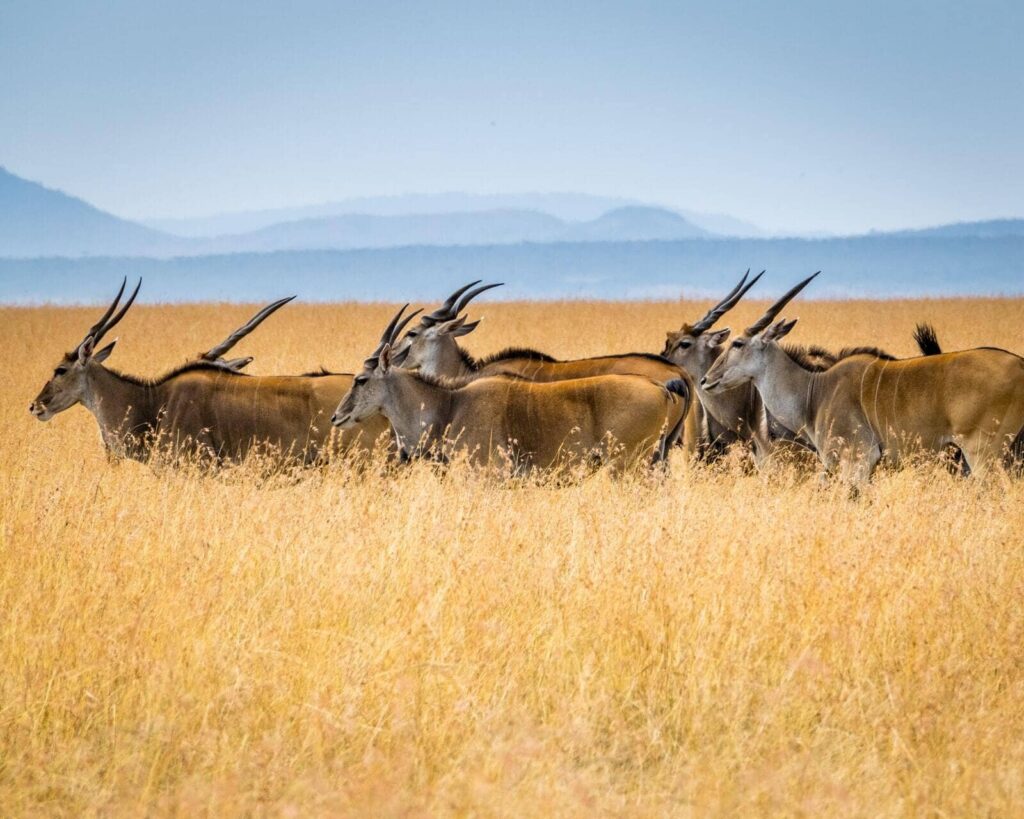
The one thing that surprised me the most about this lens is how lightweight and compact it is because seriously, I rarely have seen a lens that is small and compact in terms of the overall weight and size, especially when you are looking at a zoom lens.
I do have some issues with it, though. For starters, there is distortion and that is visible across the range. This best lens for wildlife photography Nikon d5300 also suffers from average edge and telephoto performance. So, you do have to keep this in mind.
In all honesty, the fact that this lens performs the way it performs is surprising, to say the least. The good aspects of this lens are really good and will not have any negative impact on the performance. This is one of the best wildlife lenses for Nikon D5300 and that does mean something.
PROS
CONS
The next lens that I am going to look at had me in some confusion, to be honest. You see, on standard FX or full-frame cameras, you are looking at 50mm focal length. But when you are putting it on a DX camera like the Nikon D5300, the effective focal length becomes 75mm, which is almost telephoto at this point.
This makes this lens more of a telephoto lens than a standard prime lens that sits between 35mm and 85mm. That is not to say that this lens is not good. This is one of the best lenses that you can get for your Nikon D5300 and all the right reasons.
The lens is sharp across the range and is one of the smallest lenses that you can buy. So much so that you can carry it with ease. You are also looking at one of the faster lenses in terms of the aperture as at f/1.8, you are looking at a lot of light coming in the lens and some smooth bokeh.

However, I believe one of the biggest selling points of this lens is just how inexpensive this lens is. It is one of the most affordable lenses available in the market, and you will not be let down by how good it is in almost all the scenarios that you are going to put this lens in.
My only issue here is that no aperture ring is found in more advanced lenses but considering how this lens has aged and the results that it produces, this is an excellent lens still.
PROS
CONS
Nikon does not have a shortage of excellent 1st party lenses, and it only becomes evident the more you look at it. Sure, most photographers do prefer going for 3rd party lenses because sometimes they are better, but Nikon ensures that their first-party offerings are just as good.
With that said, the Nikon 85mm f/1.4 is a monster of a lens. Not because of how it looks, but the images it produces. It is one of the sharpest lenses I have used to date, and honestly, I almost forgot I had other lenses in my arsenal.
This is one of the sharpest lenses that you will get to use, the distortion is almost non-existent here and the bright f/1.4 aperture allows for some amazing photography. The lens is surprisingly lightweight, as well.
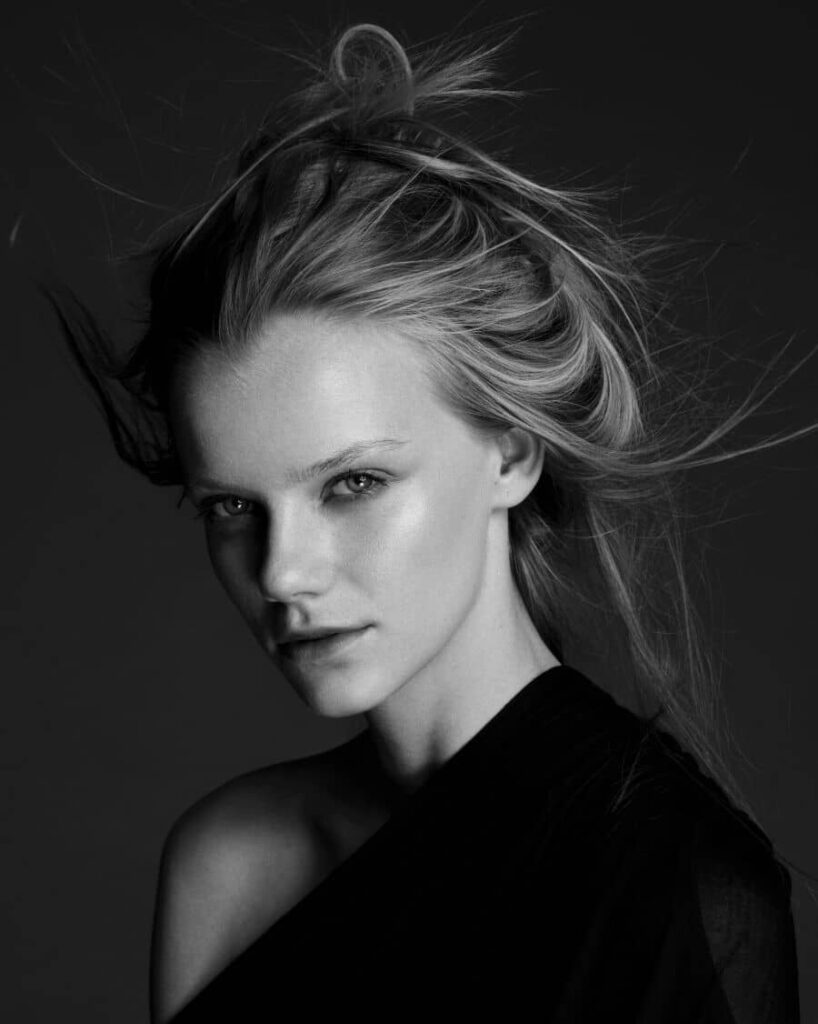
One more thing here is that the lens offers a classic portrait focal length of 85mm. however, when you pair it with a DX camera like the Nikon D5300, the effective focal length becomes 127.5mm, which is still great, it just means you will have to add more distance between you and the subject.
Honestly, with so many good things about this lens, I am just sad over the lack of optical image stabilization. One more thing is that this lens does have a strong vignette at f/1.4 and f/2 but that is nothing to worry about as most portrait photographers do prefer having vignettes in their portraits.
All in all, the Nikon 85mm f/1.4 is a home run for anyone who is looking for a good Nikon lens that delivers excellent pictures and while it is one of the more premium lenses in the market, I assure you that the results will not disappoint you.
PROS
CONS
I have reiterated my statement that the 24-70mm focal length is perhaps my favorite and I have been talking about it time and again. It’s not just me, a lot of other filmmakers and photographers have also talked about the same thing.
For instance, Manny Ortiz has stated that a 24-70 is the one lens that every photographer should have. Just look at the video below and his statements are backed by a lot of fellow creators. This lens, at f/2.8, is something. It is one lens that can work as multiple lenses without you having to spend extra money.
With that said, the Nikon lens offers optically stabilized hardware, it also has an f/2.8 constant aperture, and it is one of the sharpest lenses in the market. If you are worried about the build quality, there is not much to stress as this is one of the best-built lenses available in the market and will not give up on you either.

The lens is excellent in almost every regard, to be honest. My only issue here is that at f/2.8, the illumination can be uneven but that is not something that deters the overall performance of the lens as it still works well at the end of the day.
PROS
CONS
The last lens on my list is the one lens that made me wish that it was available on full-frame cameras as well as Sigma never really released it for full-frame cameras this is why I have called it the best wide angle lens for Nikon D5300. Sure, there are a lot of lenses that have the same focal length but there is not a single lens with f/1.8.aperture.
Indeed I am talking about the legendary 18-35mm by Sigma, and even though you are just getting 2 times to zoom but this lens is all about the f/1.8 aperture as which makes it one of the best wide-angle zoom lenses that also allows you to take stunning portraits and videos thanks to the wide aperture.
There is a lot to love about this lens, to be honest. For starters, this is one of the sharpest lenses available in the market, easily beating some of the prime lenses in this category. The aperture on this lens is on the wider side, and honestly, it is one of the more affordable lenses in the market despite being such a versatile offering.

My only issue with this lens is that it does not offer any optical image stabilization but honestly, at 18-35mm, it is barely a thing that you are going to want or notice, so you are good to go regardless of the shooting situation you are in.
Overall, Sigma 18-35mm is one of the best lenses available in the market, and for all the reasons. It delivers sharp, consistent images in every single situation and the best part is that it is not going to cost you a lot of money, either. So, you can buy this lens knowing that you will not have any issues.
PROS
CONS
Frequently Asked Questions
Conclusion
I enjoyed my time with the Nikon D5300. Granted, I have always been more inclined towards Canon and Sony’s ecosystem, but using a Nikon D5300 has made me realize that this is one of the best cameras available in the world for the price you are paying for it.
However, a good camera is incomplete without a good lens, and that is why I made it my responsibility to do a roundup of the best lenses that you can buy for your D5300. The purpose was to keep everything as versatile and as helpful so everyone can find a lens for them regardless of their budget.

